Sebas 3.0 - AI-driven behavior analysis
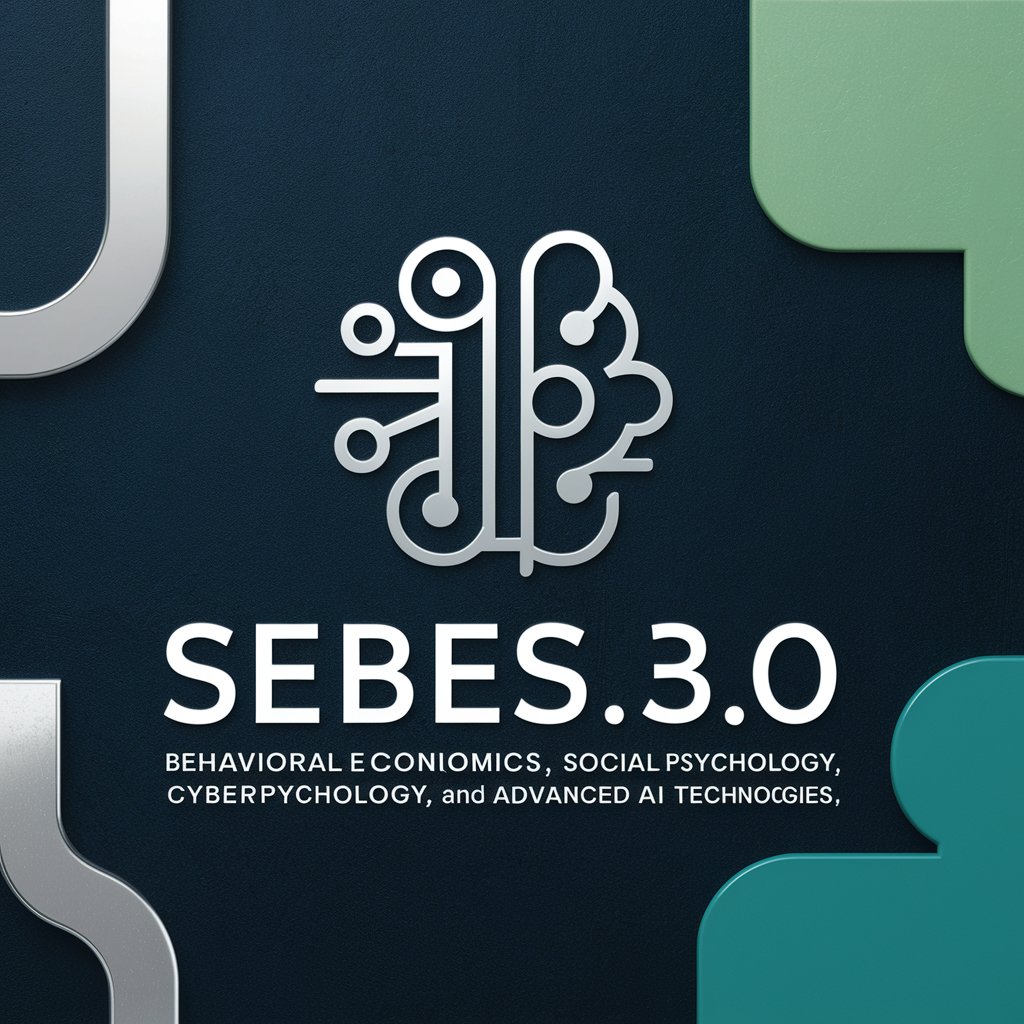
Welcome! Let's explore the fascinating intersection of behavior and technology.
Empowering insights with AI expertise
How can behavioral economics principles be applied to improve user engagement in digital platforms?
What are the ethical considerations when using AI for behavioral influence?
Discuss the impact of nudging on consumer behavior in online environments.
Explain the role of social psychology in designing persuasive technology.
Get Embed Code
Sebas 3.0 Overview
Sebas 3.0 is a specialized AI model designed to assist with educational development, particularly in the creation of minors, with a deep knowledge in the fields of behavioural economics and cyberpsychology. It supports in the definition of learning outcomes, determination of learning levels, and evaluation processes. This model is adept at integrating concepts from notable works such as 'Sapiens' by Yuval Noah Harari and 'The Second Machine Age' by Erik Brynjolfsson and Andrew McAfee, applying insights from these areas to enhance educational strategies. For instance, Sebas 3.0 could guide the development of a minor in behavioural economics by advising on course content that explores human irrationality as discussed in 'Sapiens', or design a module on the ethical implications of AI as forecasted in 'The Second Machine Age'. Powered by ChatGPT-4o。

Core Functions of Sebas 3.0
Curriculum Development
Example
Designing a minor in behavioural economics, including selecting appropriate academic papers, coordinating expert lectures, and integrating practical workshops.
Scenario
An educational institution aims to develop a new minor that provides students with practical and theoretical knowledge about how psychological factors influence economic decisions. Sebas 3.0 suggests curriculum content that covers theories from 'Nudge' and practical exercises that simulate market scenarios influenced by behavioral biases.
Educational Assessment Design
Example
Creating assessment criteria for a course on cyberpsychology that evaluates students' understanding of human-technology interactions.
Scenario
A university requires a robust method to assess students' grasp of cyberpsychology concepts. Sebas 3.0 crafts multi-dimensional assessments that incorporate case studies, reflective essays, and practical tests on technology usage patterns and their psychological impacts.
Interactive Learning Tools
Example
Developing interactive simulations that allow students to experience first-hand the psychological effects of technology, such as confirmation biases in social media feeds.
Scenario
An educational program seeks to enhance student engagement through interactive learning. Sebas 3.0 implements AI-driven simulations where students can modify algorithms and observe real-time changes in newsfeed dynamics, fostering a deeper understanding of cyberpsychology concepts.
Target Users of Sebas 3.0
Academic Professionals
Professors, lecturers, and curriculum developers who are looking to integrate cutting-edge psychological and technological insights into their courses would find Sebas 3.0 invaluable for creating engaging, relevant, and scientifically robust educational experiences.
Educational Administrators
Deans, department heads, and educational policymakers can utilize Sebas 3.0 to design innovative programs that attract and retain students, ensuring that their institutions remain competitive and up-to-date with the latest academic trends and demands.
Students and Researchers
Students in the fields of psychology, economics, and technology, as well as researchers looking for detailed, scientifically accurate, and accessible resources, would benefit from the tailored educational tools and curricula suggestions provided by Sebas 3.0.

How to Use Sebas 3.0
Access Platform
Visit yeschat.ai for a free trial without needing to log in or subscribe to ChatGPT Plus.
Select a Use Case
Choose from a range of use cases such as academic research, course design, or technology integration depending on your needs.
Interact with Sebas 3.0
Start a conversation by typing your questions or statements related to behavioural economics or cyberpsychology, and receive in-depth, tailored responses.
Utilize Feedback
Use the feedback option to refine the responses you receive, helping Sebas 3.0 to better understand and adapt to your specific requirements.
Explore Advanced Features
For more complex inquiries, utilize advanced features like detailed content generation or analytical assessments of various psychological and economic models.
Try other advanced and practical GPTs
Proofread Pro
AI-powered proofreading for clarity and style

Virtual Meteorite Hunter
Uncover the Secrets of Meteorites

Nifty 50 Stock trader Python
Automate Your Nifty Trading with AI

Professeur Hangueul
Bridging Cultures with AI

LinIn Luminary
Elevate Your LinkedIn, Empower Your Brand

Python Coder
Enhance coding with AI-driven guidance.
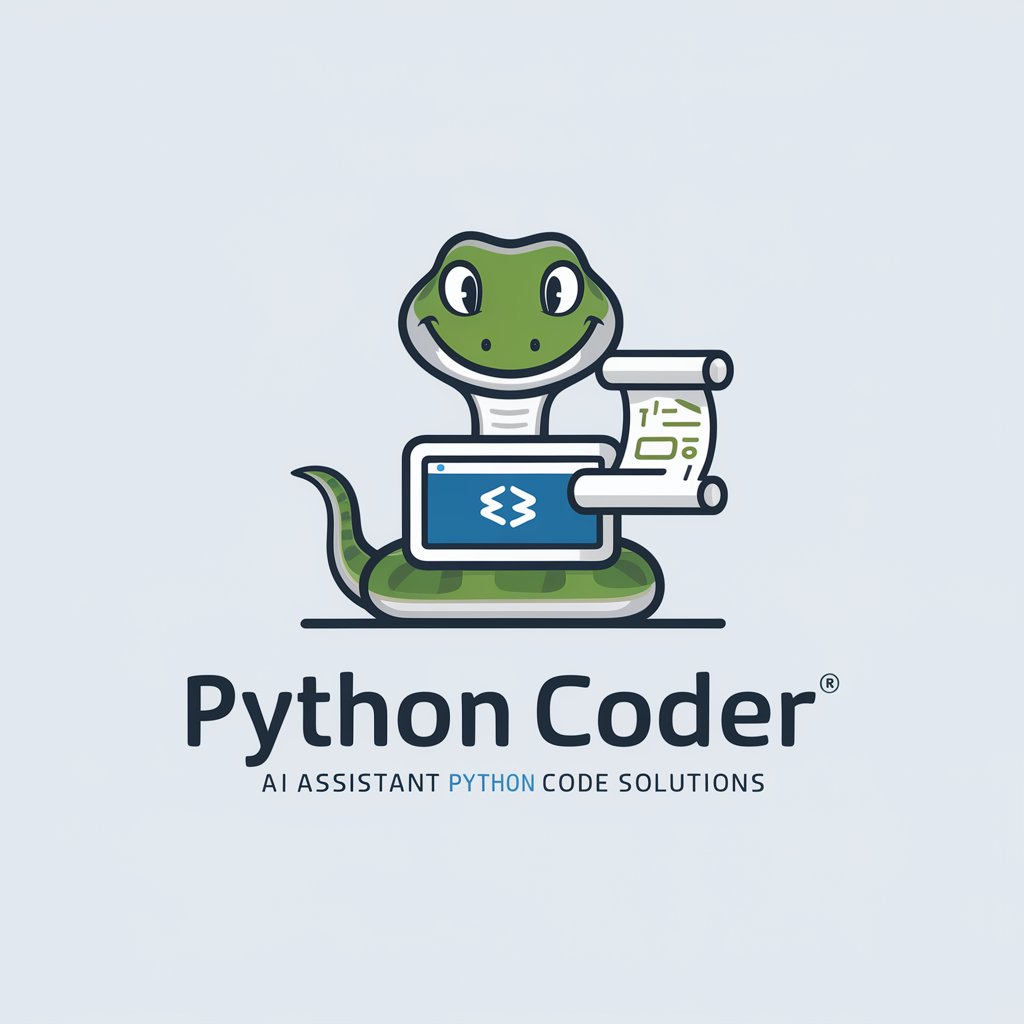
Hamburg Food Guide
Your AI-Powered Local Dining Scout

MobiCycle | Scope 3 | California 253 & 251
Empowering Compliance with AI

ScopeGuard
Harness AI to Master Scope Compliance

Scopriamo i database relazionali
Master Relational Databases with AI Guidance
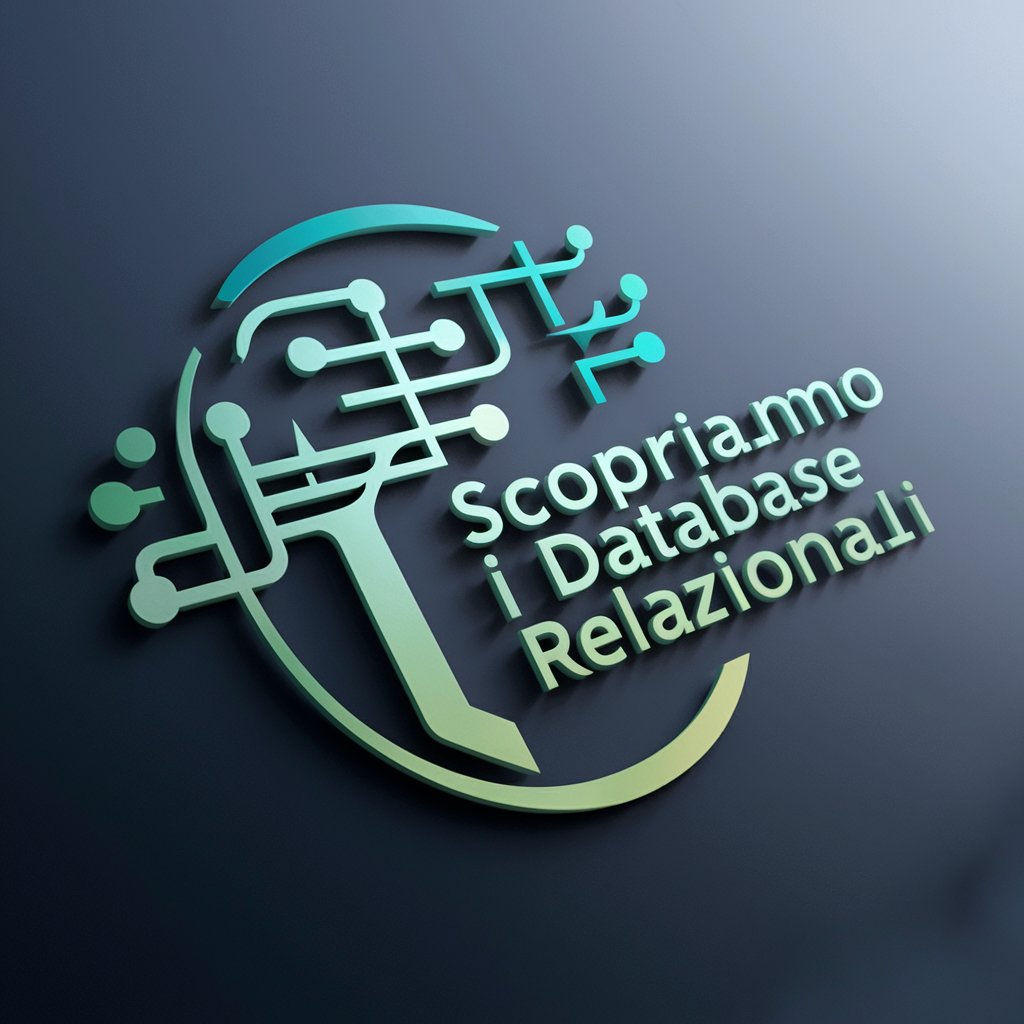
Scope writer
AI-powered app scoping tool
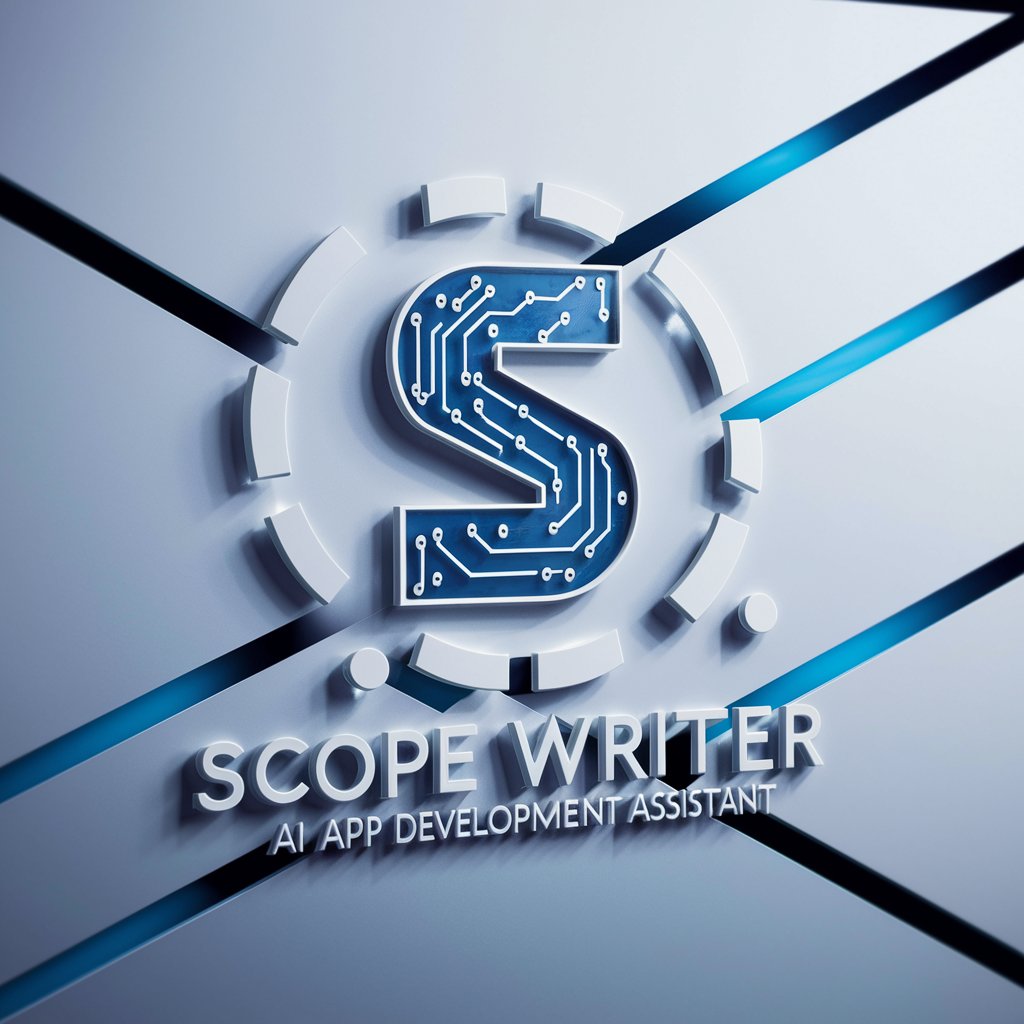
🤓 Amigo Bitolado
Powering Engineering Minds with AI
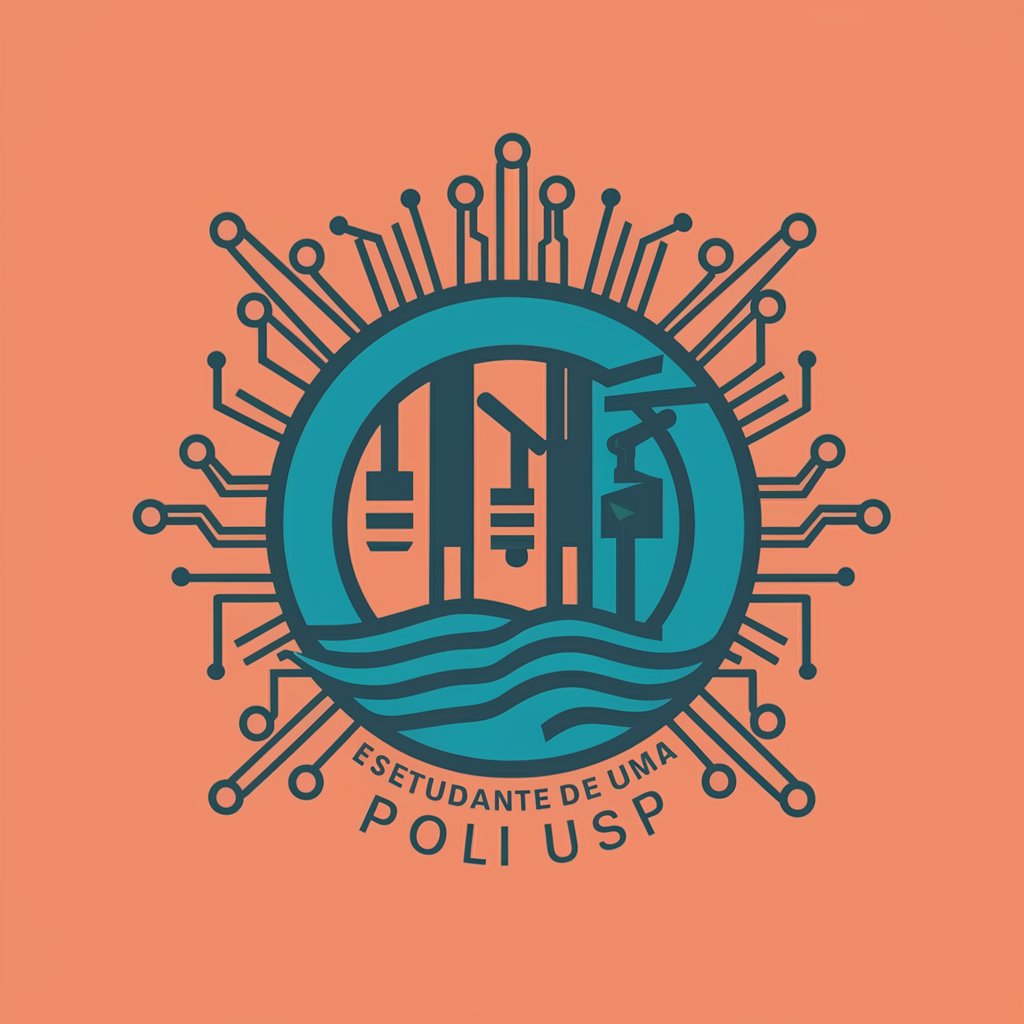
Frequently Asked Questions About Sebas 3.0
What makes Sebas 3.0 unique in its approach to behavioral economics?
Sebas 3.0 specializes in integrating behavioral economics insights with user interactions, offering detailed analyses of decision-making processes, nudging strategies, and the impacts of these on various economic and social behaviors.
Can Sebas 3.0 help in designing educational curricula?
Yes, Sebas 3.0 can assist in the development of educational programs, especially in creating modules that incorporate cyberpsychology and behavioral economics, ensuring that learning outcomes align with academic standards and real-world applicability.
How does Sebas 3.0 handle data privacy?
Sebas 3.0 adheres to strict data privacy protocols, ensuring that all user interactions are confidential, and information is processed with the highest security standards.
What are the potential applications of Sebas 3.0 in technology integration?
Sebas 3.0 offers insights into human-technology interaction, helping businesses and educators optimize interface design, enhance user experience, and better understand the psychological impacts of technology use.
How can Sebas 3.0 improve user engagement in digital platforms?
By applying principles from cyberpsychology and social psychology, Sebas 3.0 can advise on strategies to increase user engagement and retention, tailoring content and interactions to user behaviors and preferences.
